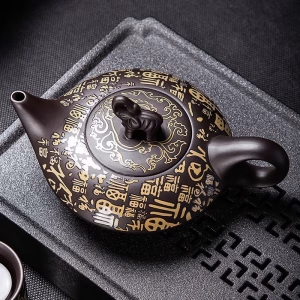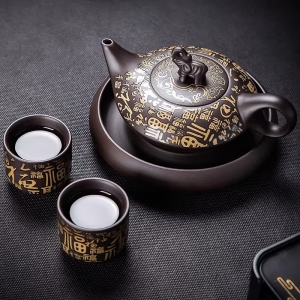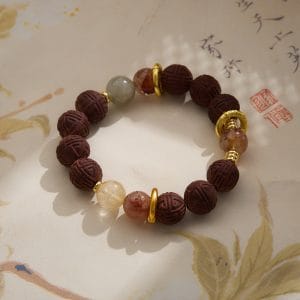The Ancient Roots of Handmade DecorLong before mass production, handmade cultural home decor served as a bridge between the spiritual and the everyday. From African mudcloth to Peruvian worry dolls, artisans embedded layers of meaning into functional objects. The Berber tribes of North Africa, for example, wove geometric patterns into rugs not just for aesthetics but as protective talismans—each diamond representing an eye to ward off evil. In Bali, the intricate penjor bamboo decorations that grace doorways tell the story of Mount Agung’s sacred slopes through their sweeping curves. These creations weren’t merely decorative; they functioned as three-dimensional storybooks of cultural values.

Colonialism’s spread during the 18th-19th centuries unexpectedly preserved many of these traditions. As European collectors prized exotic artifacts, indigenous communities began producing ceremonial-style pieces specifically for trade. The Navajo people adapted their sand painting traditions into permanent textile designs, while Indonesian batik makers incorporated Dutch floral motifs. This commercial demand, ironically, helped sustain techniques that might have otherwise faded. Today’s revival of interest in authentic cultural decor stems partly from this complex history of adaptation and preservation.
Modern Homes, Ancient SymbolsContemporary interior design has embraced cultural decor with renewed sensitivity—moving beyond appropriation toward appreciation. The Japanese shin-kyo (sacred mirror) motif, once reserved for Shinto shrines, now appears on minimalist ceramic vases as a symbol of clarity. Industry reports suggest the global artisan decor market has grown around 6%–12% annually as consumers seek meaningful alternatives to generic big-box furnishings. This shift reflects deeper cultural currents; a Guatemalan worry doll placed on a nightstand in Toronto carries the original intent of absorbing anxieties, just as it did in Mayan highlands villages.
Symbolism evolves with context. Moroccan zellige tilework, historically featuring forbidden human imagery per Islamic tradition, now incorporates abstract modern patterns while maintaining its mathematical precision. Similarly, Polish wycinanki paper cuttings—once used to ward off evil spirits in rural cottages—adorn urban lofts as bold graphic art. What remains constant is the human hand’s imprint; the slight irregularities in a hand-thrown terracotta pot or the uneven tension in a hand-knotted rug testify to living traditions rather than sterile perfection. As we decorate our personal spaces with these artifacts, we participate in an unbroken chain of storytelling that predates written language.
You may also like
Aladdin’s Lamp Heat-Change Purple Clay Tea Pot
Original price was: $108.00.$78.00Current price is: $78.00. Add to cartAncient Craft Herbal Scented Bead Bracelet with Gold Rutile Quartz, Paired with Sterling Silver (925) Hook Earrings
Original price was: $322.00.$198.00Current price is: $198.00. Add to cartAncient Craftsmanship & ICH Herbal Beads Bracelet with Yellow Citrine & Silver Filigree Cloud-Patterned Luck-Boosting Beads
Original price was: $128.00.$89.00Current price is: $89.00. Add to cartGuangxi Zhuang Brocade Handmade Tote – Ethnic Boho Large-Capacity Shoulder Bag
Original price was: $172.00.$150.00Current price is: $150.00. Add to cartThe Palace Museum Paper-Cut Light Art Fridge Magnets: Chinese Cultural Style Creative Gift Series
Price range: $27.00 through $36.00 Select options This product has multiple variants. The options may be chosen on the product pageHandwoven Zhuang Brocade Tote Bag – Large-Capacity Boho Shoulder Bag
Original price was: $178.00.$154.00Current price is: $154.00. Add to cart












